We are proud to partner with Forefront Dermatology and deliver additional attention to your skin’s health. Our medical director, Dr. Michael Dreifke, is a board-certified dermatologist who helps our team create tailored plans for each patient to deliver the best possible outcomes.
This allows our office to elevate our services even further as true skincare specialists. Whether you’re interested in dermatological services, noninvasive cosmetic treatments, or a combination of the two, we will create a custom treatment plan that serves your unique needs. Address your skin’s health and beauty with our highly specialized team.
Common Conditions | Treatments | FAQ
We Treat the Following Conditions:
Skin tags
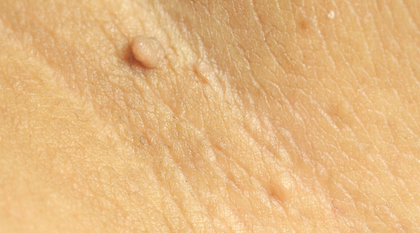
Skin tags are benign growths that hang from the skin. They commonly form on areas that experience consistent friction, like the neck, armpits, eyelids, under the breasts, and other areas with skin folds. While not typically harmful, visible skin tags can be frustrating and you may be motivated to seek removal.
Milia
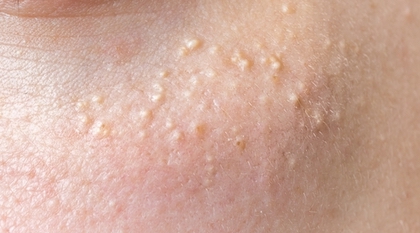
Milia are small cysts that can be present at birth, develop over time due to skin damage, or develop due to associated conditions. Milia are caused by keratin becoming trapped beneath the skin’s surface. Milia removal will smooth the skin’s surface and clear these troublesome bumps.
Sebaceous hyperplasia
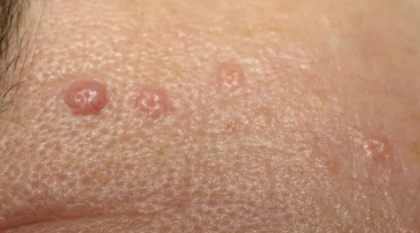
This condition occurs when overactive sebaceous glands produce excess oil that becomes trapped under the skin. The associated bumps can be highly noticeable, especially when the spots are larger in size.
Cherry angioma
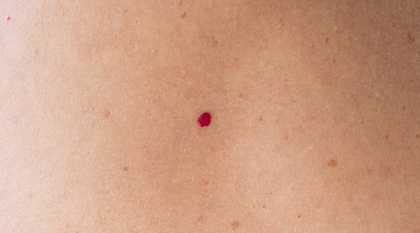
Cherry angiomas are red moles that can develop across the body. They are red because they contain a collection of blood vessels, and typically appear after age 30. If you have cherry angiomas on your face or other noticeable areas of skin, treatment will clear your complexion.
Seborrheic keratosis
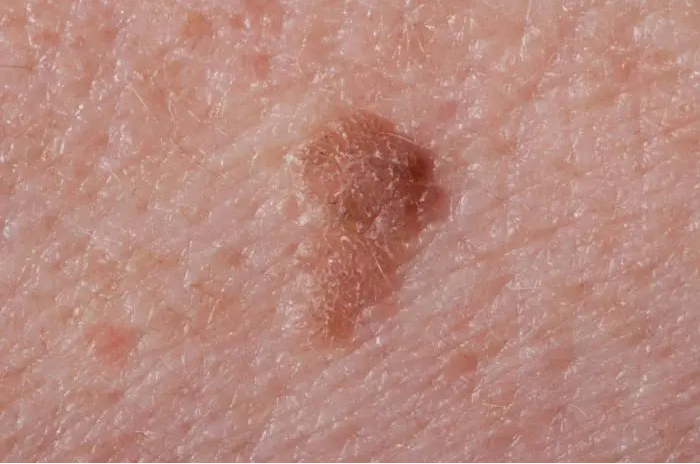
This benign skin growth can be brown, black or tan and look waxy and scaly. While the precise cause isn’t known, seborrheic keratoses can be removed with minimally invasive treatment.
Dermatosis papulosa nigra (DPN)
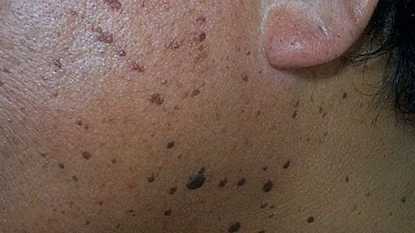
DPN papules are small bumps that can be dark or skin-colored, and can appear in a small group or cover large areas of the skin. These bumps do not fade on their own, but can be treated in our office.
Actinic keratosis
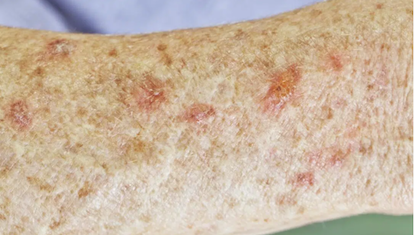
Actinic keratoses are rough patches of skin that develop due to prolonged sun exposure. They typically form on areas most often exposed to UV rays, including the face, forearms, scalp, neck and backs of the hands. If left untreated, there is a chance that an actinic keratosis can develop into skin cancer. We treat actinic keratosis using the Fraxel laser to remove damaged skin.
Leg veins
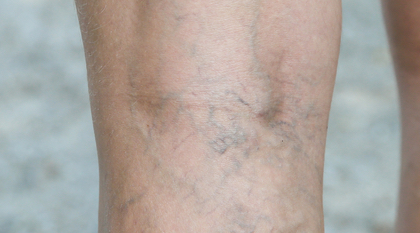
Spider veins in the legs and elsewhere on the body can be unsightly and sap self-confidence, especially in the summer months when your legs are exposed. We offer both laser vein therapy and sclerotherapy to safely and effectively treat spider veins.
Our Dermatological Services
If you’re interested in treating a dermatological concern and aren’t sure which treatment might be ideal, schedule a consultation to meet with our providers and have your skin evaluated. We’ll walk you through your options, whether treatment could be covered by insurance, and which treatments are in line with your needs and budget.
Skin checks
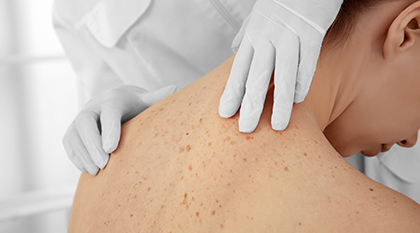
Routine skin checks are crucial in the identification of potentially malignant spots and the prevention of skin cancer. During your skin check, Dr. Dreifke will examine all areas of your skin for suspicious spots. He will identify anything that looks like it may indicate cancer and may biopsy concerning spots. Early detection of skin cancer is crucial and offers for less invasive and more effective treatment.
Acne Treatments
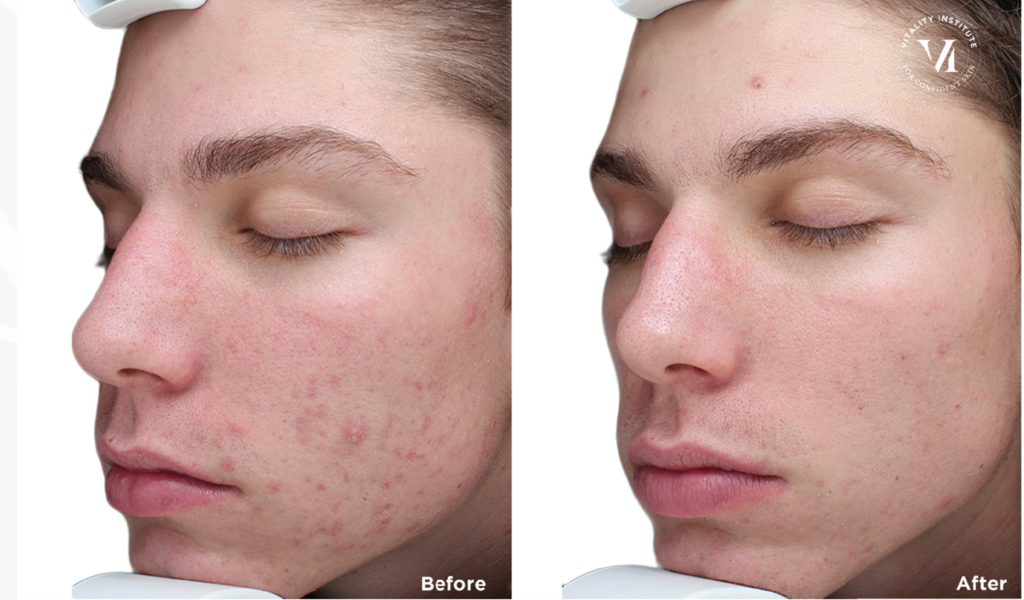
Before and after VI Peels
Acne can arise at any stage of life, and leave traces on the skin even after active infections have cleared. We offer a range of acne treatments to best suit each client’s needs, ranging from more superficial (facials, microdermabrasion, dermaplaning) to more involved (chemical peels, laser skin resurfacing).
Hair Restoration

We offer hair restoration for men and women experiencing thinning hair or hair loss. Our hair restoration treatments are safe and effective and achieve hair regrowth with a series of injections. These injections help stimulate cell growth to revitalize follicles and improve hair production.
Rosacea Treatment

Before and after Laser Genesis
Redness and rosacea mar your complexion and distract from your lovely features. Rosacea can arise from a wide range of causes or be linked to another condition. Our dermatology team will help identify the cause and find treatment options and/or medications and lifestyle changes to clear redness and help prevent it from returning in the future.
Brown Spot Treatment
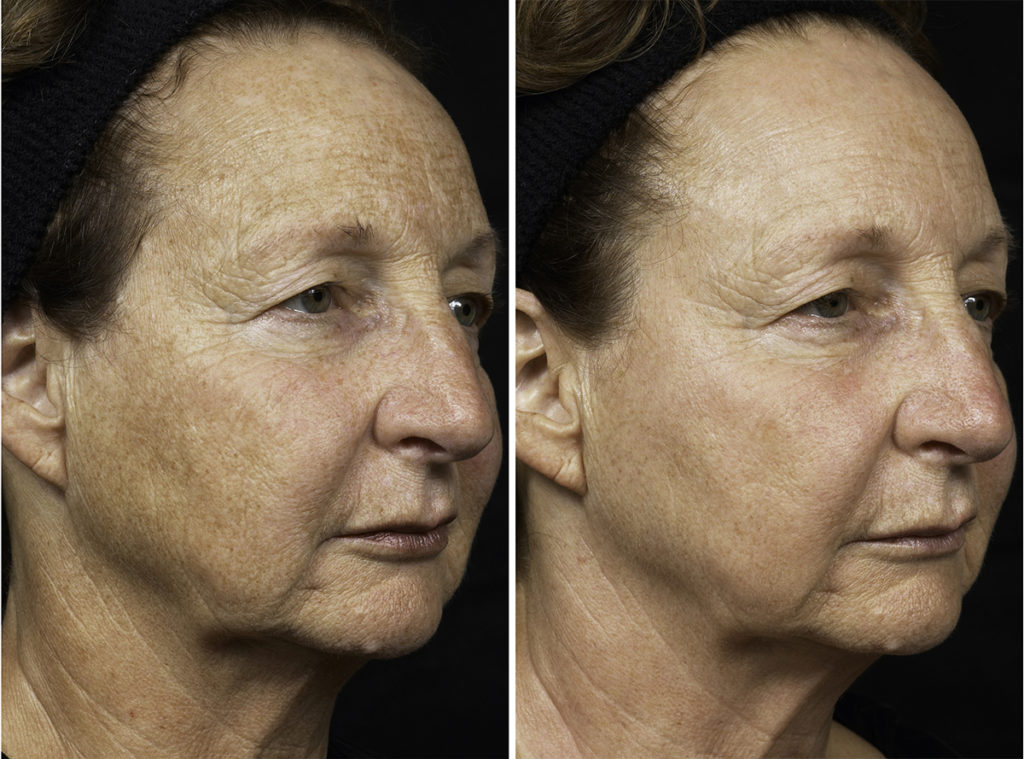
Before and after Fraxel
Brown spots form due to ongoing sun exposure. While we can wear sunscreen and cover our skin to help prevent them from forming, some level of sun exposure and sun damage is unavoidable as we age. Anti-aging options like laser skin resurfacing, peels, and IPL photofacials clear brown spots to return even skin tone.
Scarring Treatment
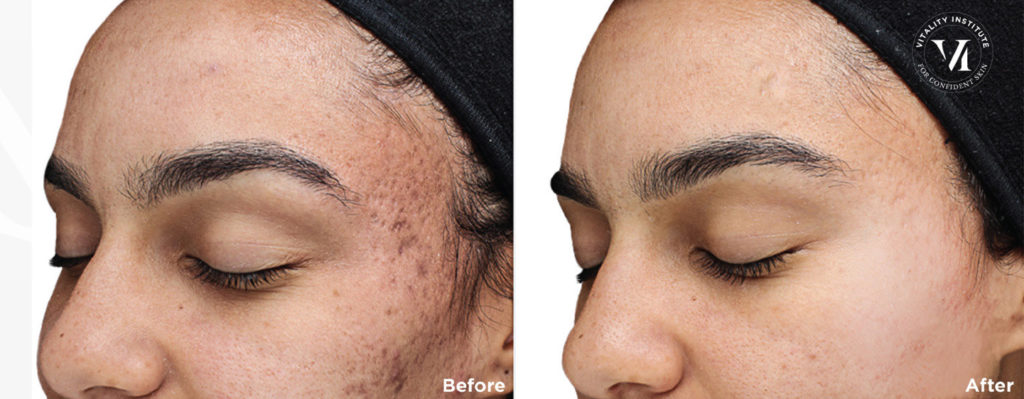
Before and after VI chemical peels
Whether from acne or injury, scars can leave significant physical memories. Today’s scarring treatments are much more advanced than older methods, stimulating cell turnover to gently reinvigorate scar tissue and even out skin texture. If you have scars on your face, hands, neck or other visible spots, schedule a consultation to learn more about your treatment options.
Medical & Cosmetic Dermatology FAQ
What’s the difference between anti-aging treatments and cosmetic dermatology?
Both fields address the health and appearance of the skin. Because our office has experienced medical providers on staff, we’re able to elevate our anti-aging services and ensure we’re delivering the best possible treatment for your skin’s long-term wellness. This is without compromising effective anti-aging results achieved through our wide range of noninvasive treatment options.
Essentially, the difference comes down to the provider’s depth of experience and the options they’re able to incorporate into your treatment plan. We’re not just a med spa, we’re a Forefront Dermatology practice – and you can expect that to inform every step of your treatment process.
Which provider will be providing my treatment, and what will their credentials be?

We have nurse practitioners on staff who may assist, and Dr. Dreifke may supervise depending on your skin condition. He is passionate about not only diagnosing and treating traditional dermatologic skin concerns, but also skin aging and rejuvenation. If you’d ever like to know more about who you’ll be working with, reach out to learn more before your appointment.
Does my insurance cover cosmetic dermatological treatments?
- Typically, cosmetic services are not covered by medical insurance. But there may be some coverage if you also have a medical need for the treatment in question. Reach out to speak with our staff about your insurance options before you begin treatment.
- We do bill insurance for medical dermatology services. Get in touch to learn more about which insurance plans we are in network with.
- You may also be able to use your HSA (Health Savings Account). If you’re unsure whether this is applicable, please check the specifics of your treatment plan or ask a member of our team for assistance.
- We want to do everything possible to make our clients’ treatments affordable – we also offer CareCredit financing for affordable payment plans with 6 interest-free months.
Am I a candidate for hyfrecator treatments?
Most individuals with the conditions listed above are candidates. The major exceptions are pregnant or breastfeeding women, and people with pacemakers as the pacemaker can be shocked during treatment.
Is treatment safe?
Hyfrecator treatments are safe and predictable, and have been in use for many years. There are minimal risks associated with treatment.
Is treatment painful?
We apply numbing cream before the treatment to help keep our patients comfortable and avoid discomfort. There may be some minor discomfort during treatment.
How long until I see treatment results?
Patients typically see full results within two weeks following treatment. They may benefit from additional treatments depending on their skin. Your provider will let you know what you can likely expect during your consultation.
How Hyfrecator Treatments Work
We use a device called a hyfrecator to treat many common skin conditions. This device has been commonly used to cauterize blood after a surgical procedure, but is highly effective on superficial growths. The hyfrecator burns off individual lesions and is appropriate for most individuals. These treatments can also be referred to as cautery or electrocautery treatments.
The hyfrecator treats most of the conditions listed on this page, with the exception of actinic keratosis (treated with Fraxel) and spider veins (treated laser vein therapy or sclerotherapy).
Treatments are performed by one of our skilled dermatology-trained providers under the supervision of our dermatologist, Dr. Dreifke.
- Your provider first evaluates your skin and determines the appropriate treatment plan. They will identify the condition affecting you and ensure that a hyfrecator treatment will deliver optimal results.
- A topical numbing agent is applied to the treatment area so that you don’t experience discomfort during treatment.
- For patients with skin types 3-5, the skin is pre-treated with a bleaching agent to ensure that treatment won’t darken the area.
- During treatment, your provider uses the hyfrecator’s pointed tip to create a controlled burn on the lesion.
- You’re given individual aftercare instructions to allow for proper healing and ensure you see the best possible results. It’s important to avoid picking the area.
- In the two weeks following treatment, the lesion crusts and falls off as the area heals. You’ll typically see full results at the end of the two week period. You may benefit from multiple treatments if your condition is more severe.
Get in touch today to learn more about what our expert dermatology team can accomplish for your skin.

